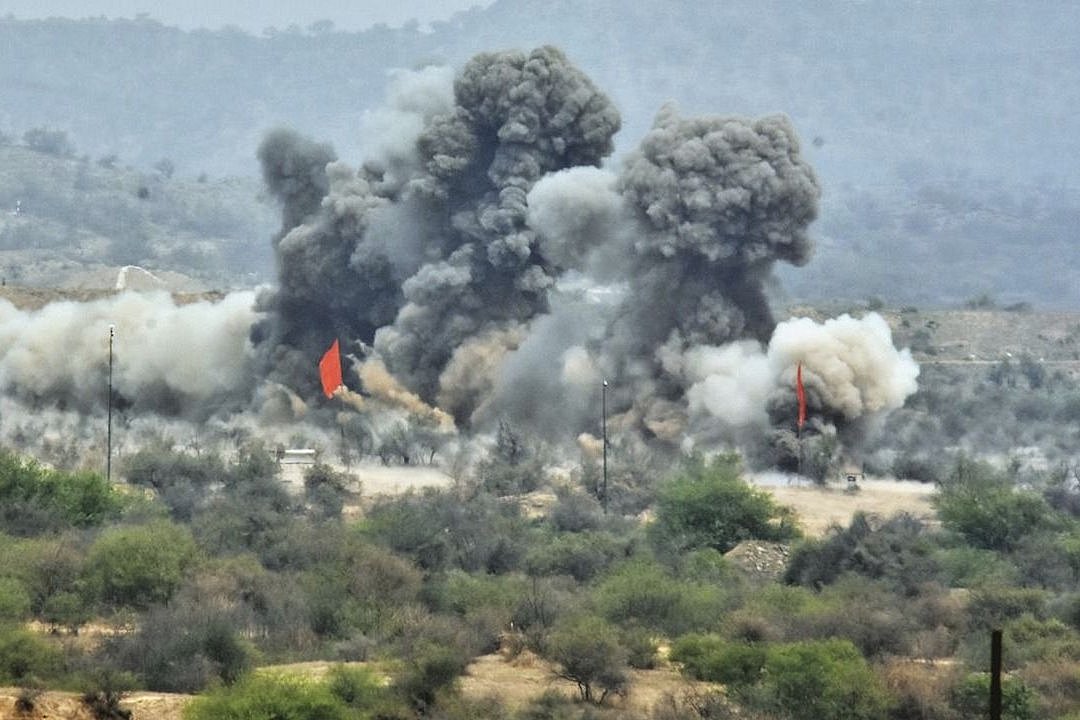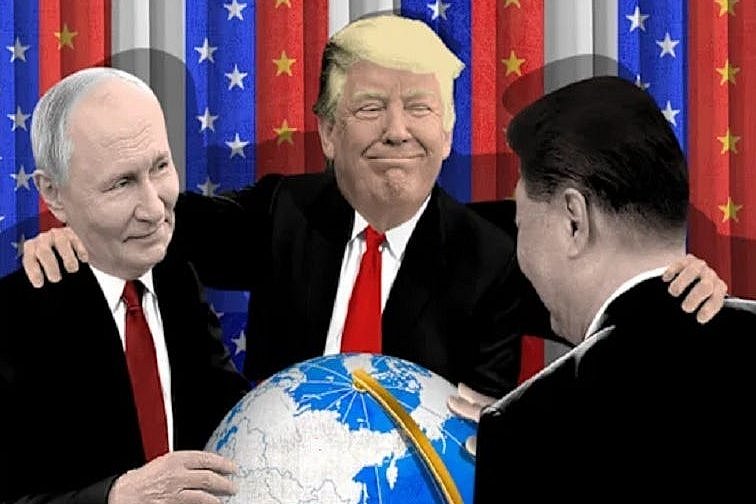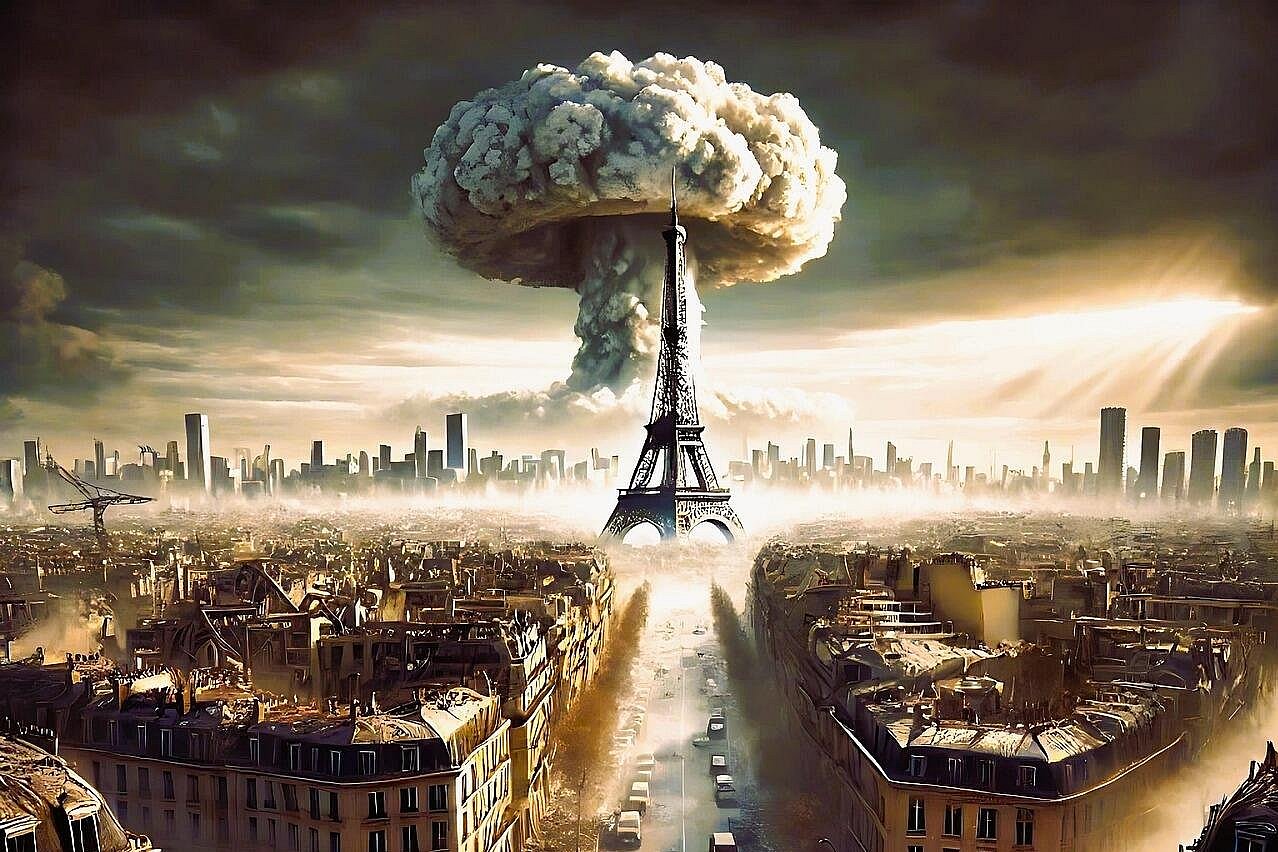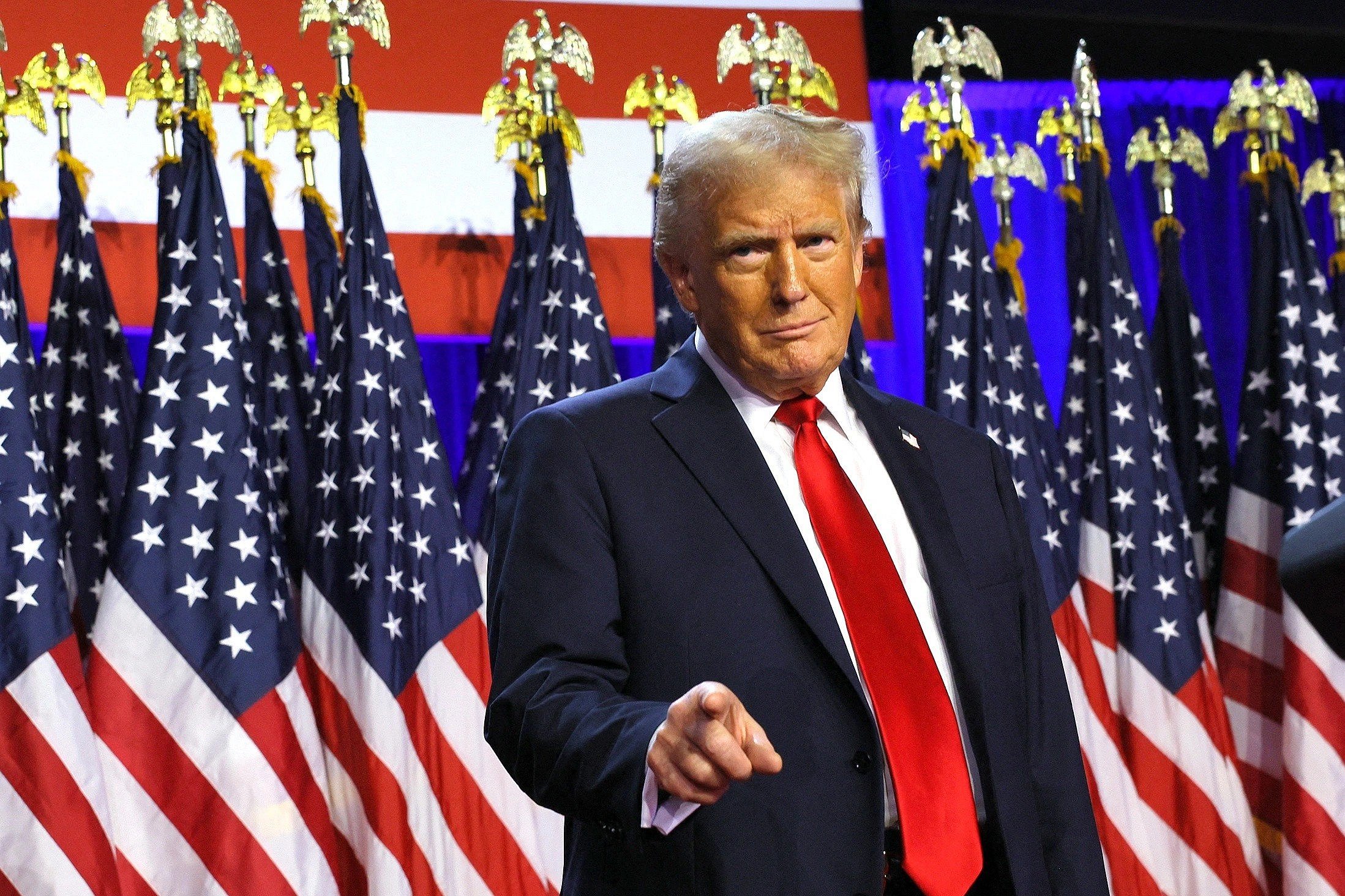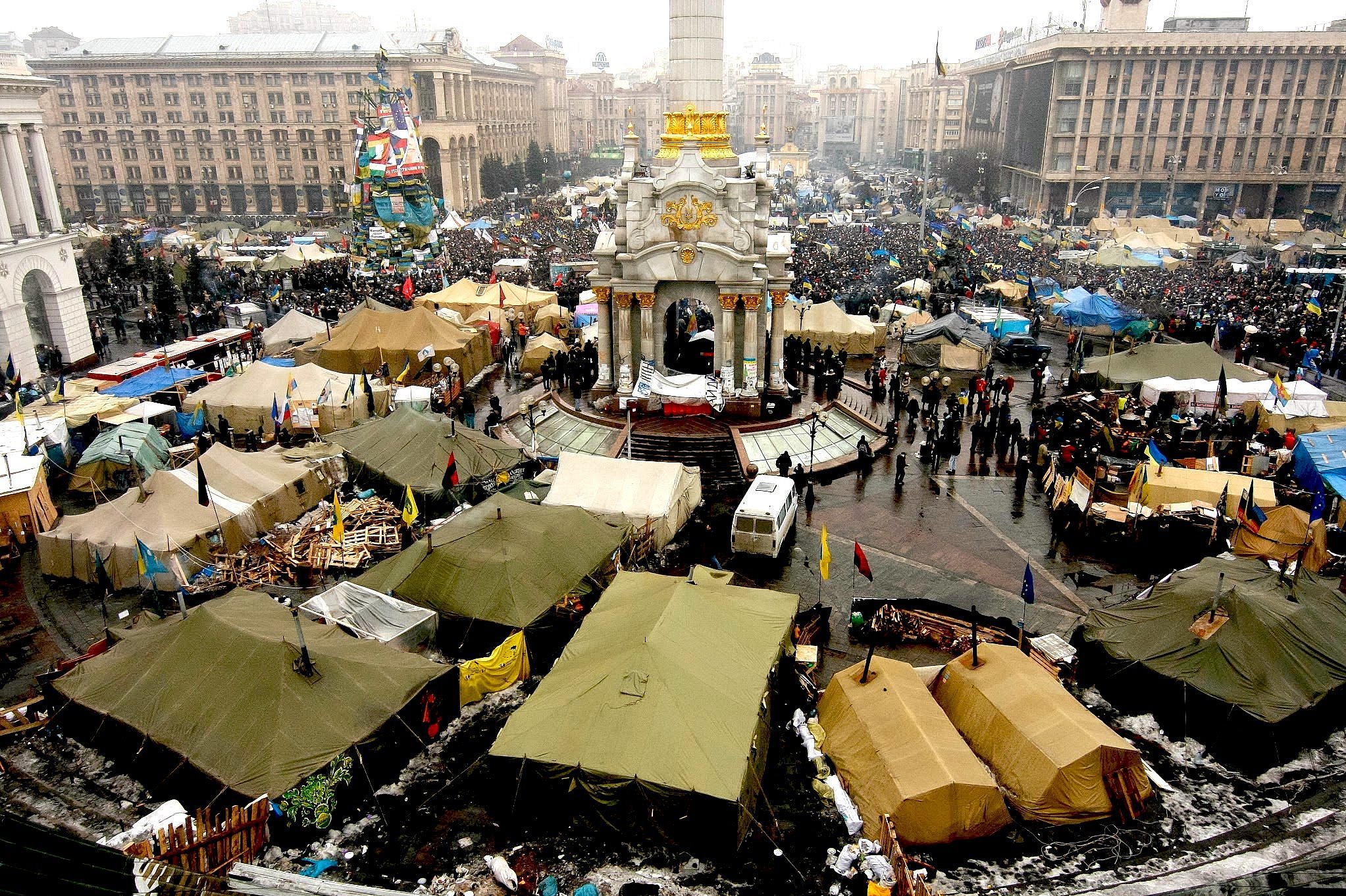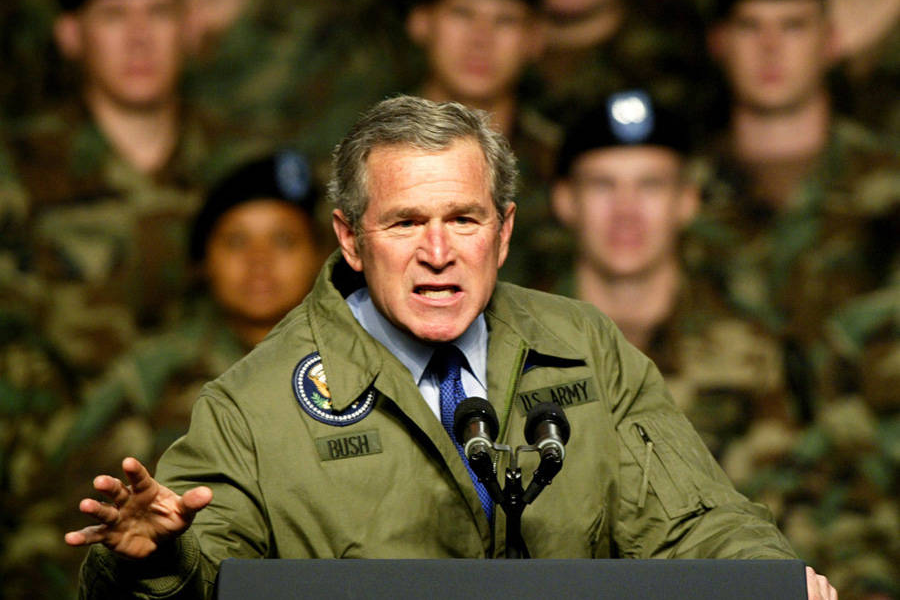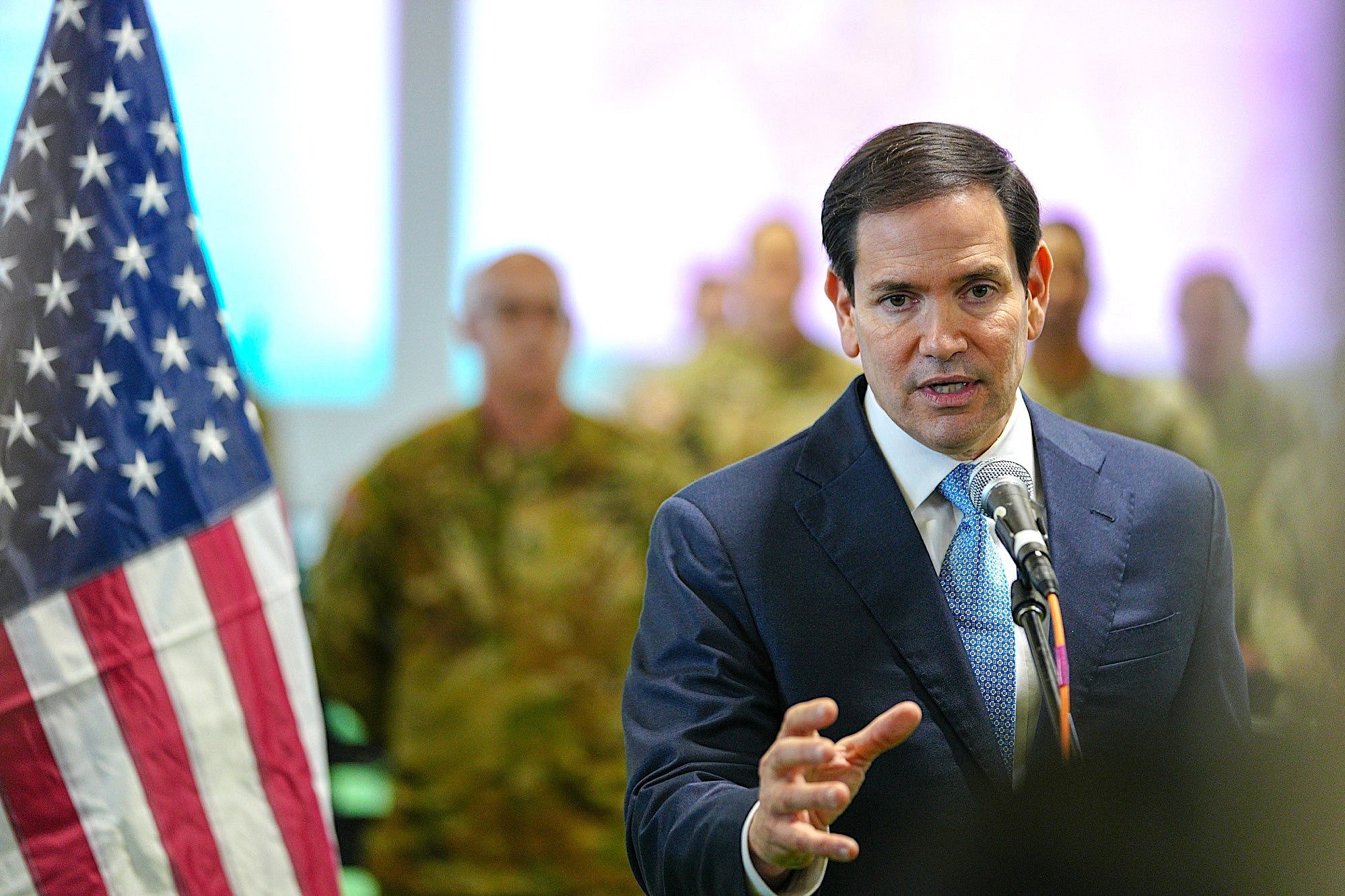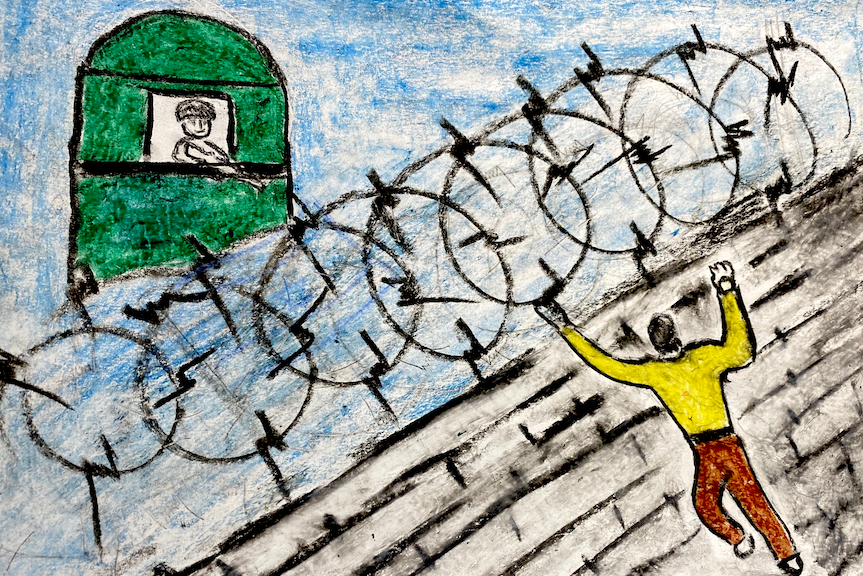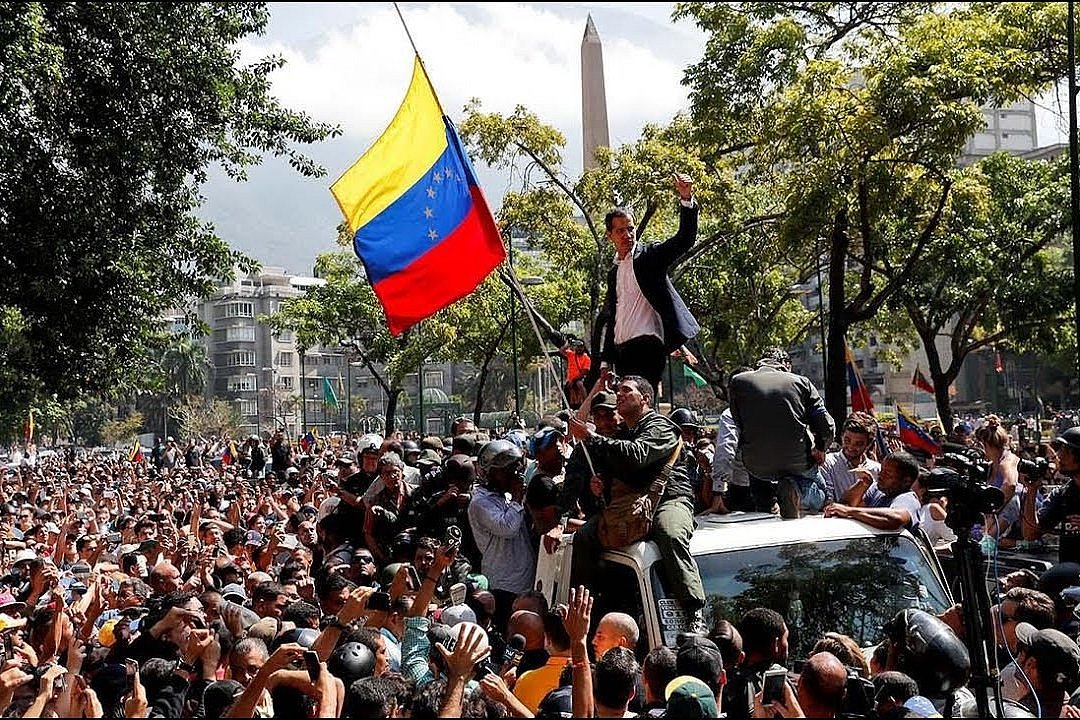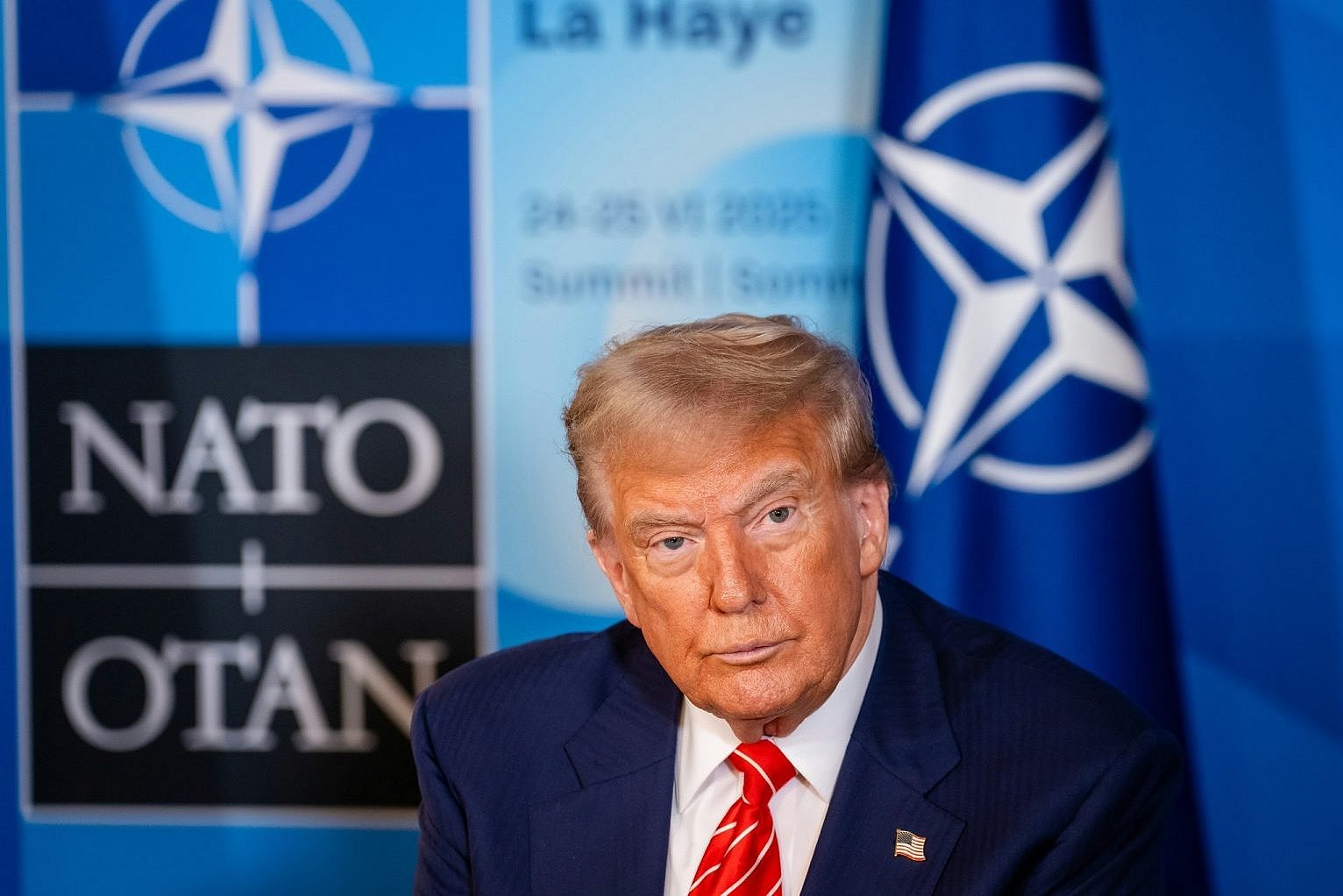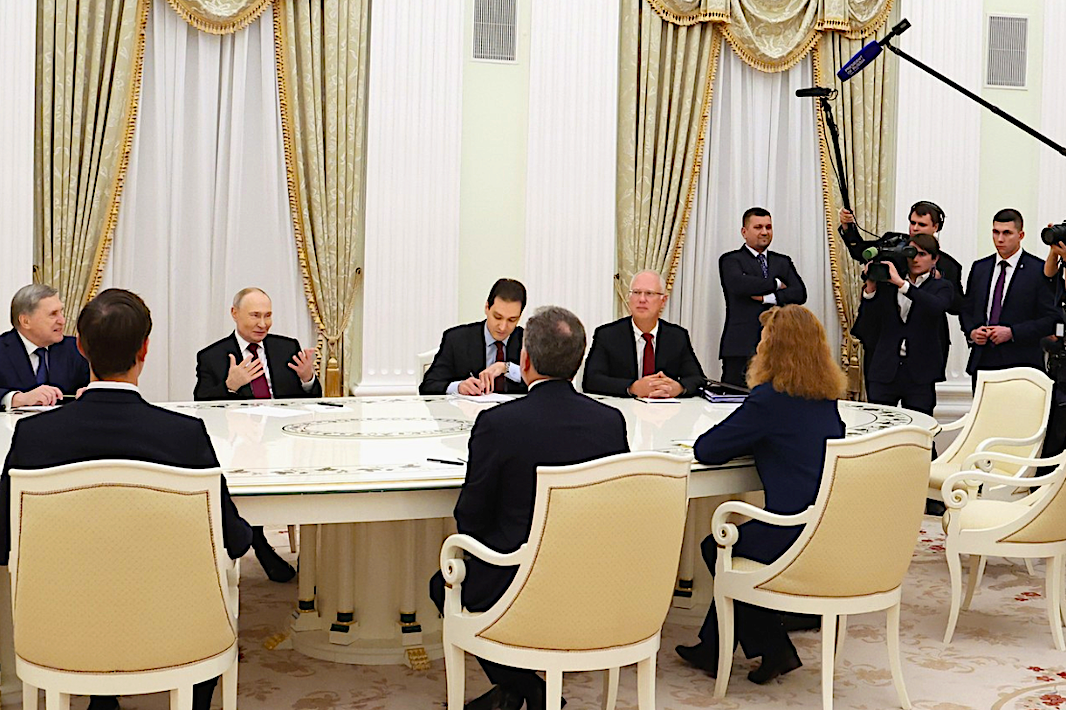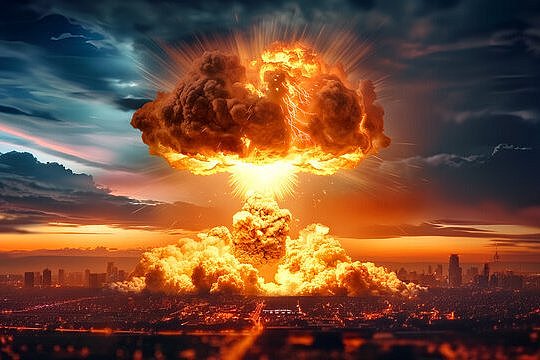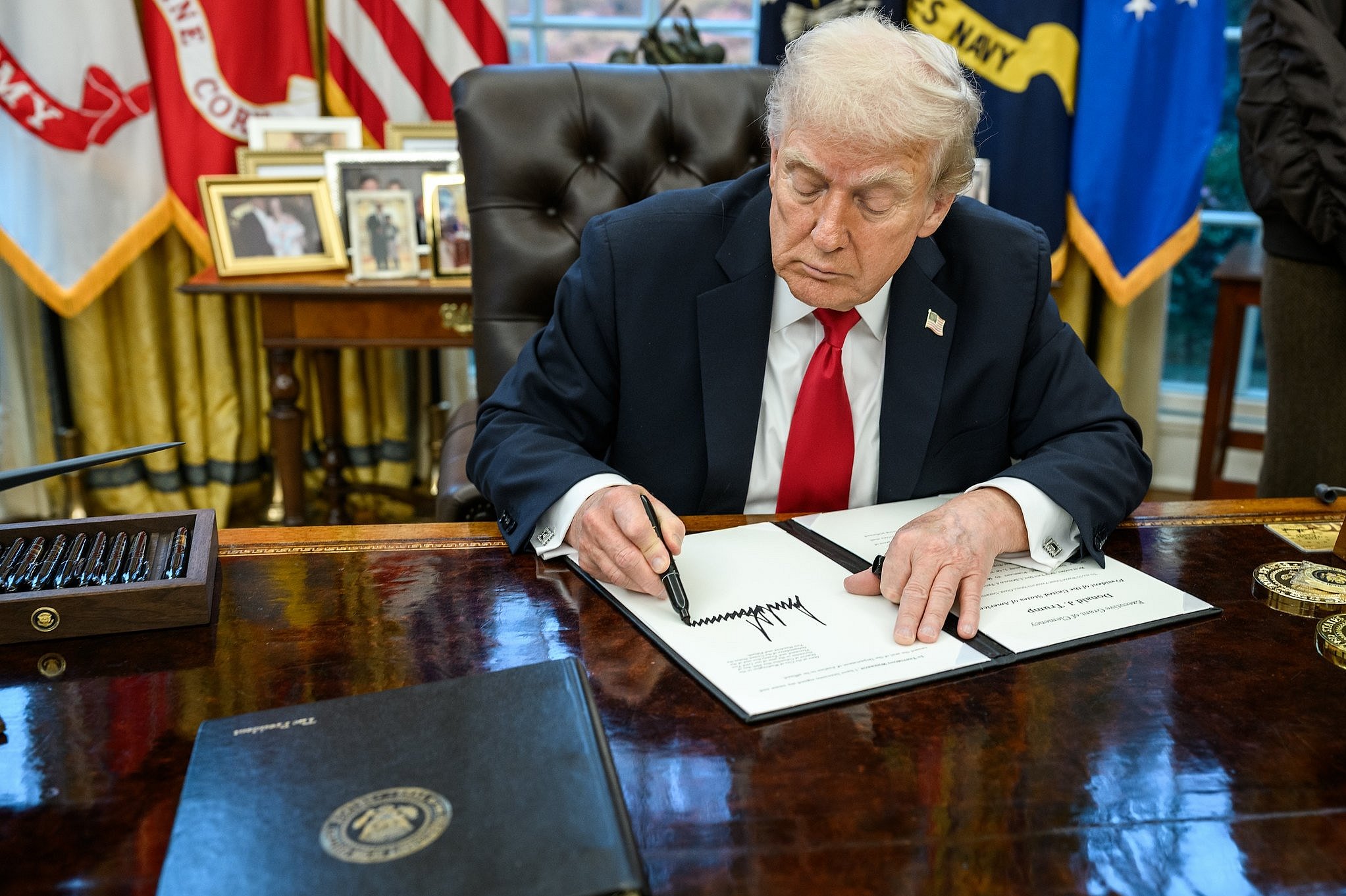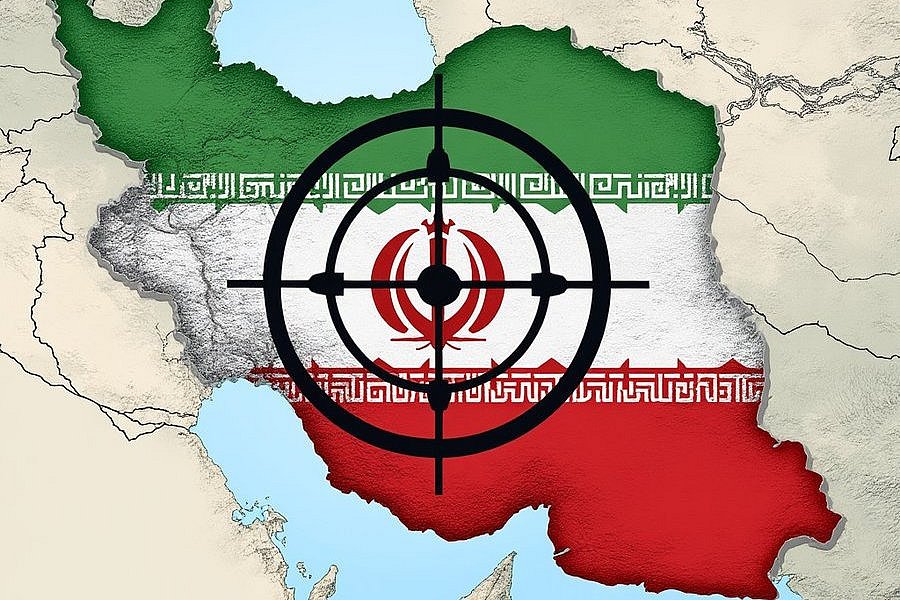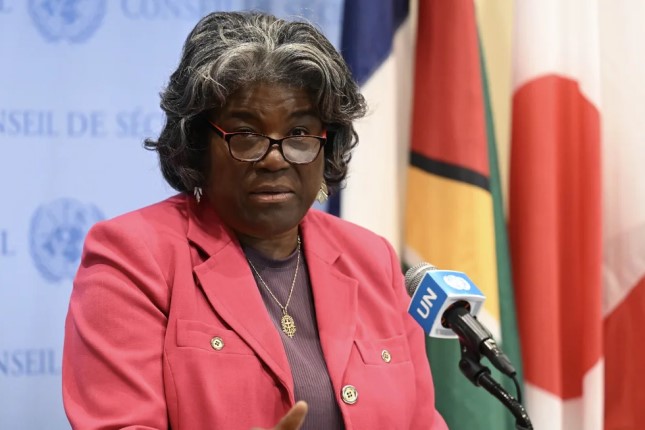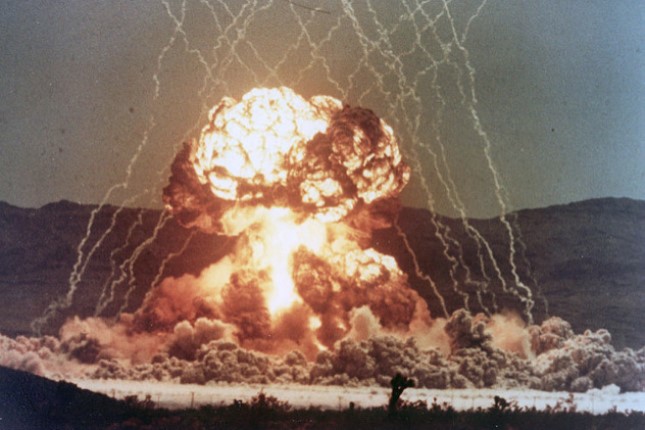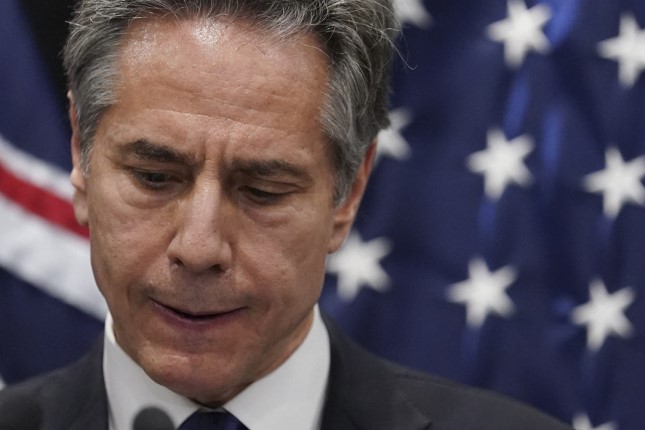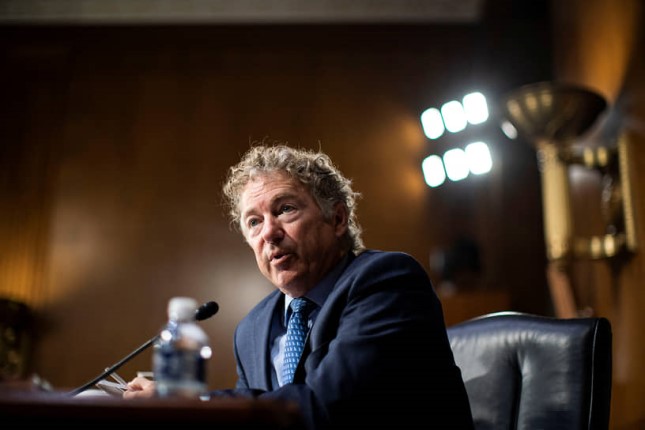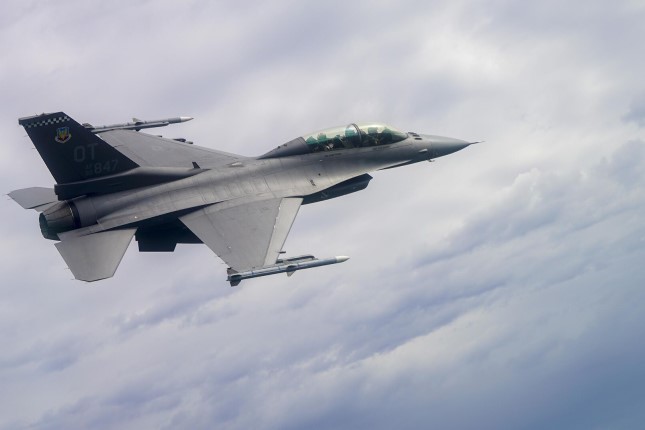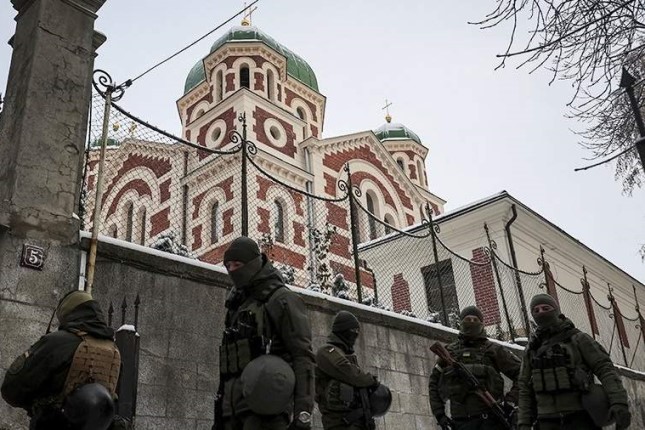An India-Pakistan war could rapidly escalate into nuclear annihilation and draw in other major powers, particularly the United States and China.
Pakistani Defence Minister Khwaja Asif has repeatedly warned that Pakistan—whose population is one-sixth and economy one-tenth the size of India’s—could be compelled to use its nuclear arsenal. Last Wednesday, following India’s large-scale missile attack involving over 75 warplanes, including advanced Rafale jets, Asif stated that if India “imposes an all-out war on the region … then at any time a nuclear war can break out.”
Only on Saturday—after four days of intense cross-border missile strikes and artillery exchanges centered in but not limited to the disputed Kashmir region—did New Delhi and Islamabad agree to a truce. Whether the ceasefire, first announced by US President Donald Trump on his Truth Social platform, will hold is in serious doubt.
Almost immediately, both sides accused each other of violating the ceasefire, each claiming to have gotten the better in the fighting. New Delhi and Islamabad have also exchanged provocative, communally charged allegations of deliberately targeting civilians and religious sites.
India remains adamant that all measures adopted after it blamed Pakistan for the April 22 terrorist attack in Indian-held Kashmir will stay in effect. These include suspending participation in the Indus Water Treaty—a move Islamabad has condemned as an “act of war,” warning it threatens Pakistan’s agriculture, food supply and power grid.
What is certain is that the world has come perilously close to the first-ever all-out war between nuclear-armed states.
These developments must be understood as part of a broader breakdown in global inter-state relations. World geopolitics are increasingly dominated by escalating trade conflicts, a global rush—led by the United States and other imperialist powers—to implement massive rearmament programs, the eruption of regional wars, the imperialist-backed genocide in Gaza and the “normalization” of nuclear brinkmanship.
India and Pakistan have faced repeated war crises, notably in 2016 and 2019, when Washington backed New Delhi’s efforts to “change the rules of the game” by launching illegal cross-border strikes against Pakistan. However, last week’s military clashes were the most intense in decades, involving large-scale fighter jet dogfights, strikes on air defense systems and, for the first time, drone and cross-border missile attacks.
India and then Pakistan deliberately crossed each other’s red lines. India’s May 6–7 assault struck multiple targets deep inside Pakistan’s Punjabi heartland. As fighting escalated, both sides targeted military bases, including, according to Islamabad, an Indian attempt to strike the air base near Pakistan’s military headquarters in Rawalpindi. Reports suggest one or both sides may have used ballistic missiles capable of carrying tactical nuclear warheads.
Both countries possess tactical and strategic nuclear weapons capable of incinerating the other’s major population centers. Were that not chilling enough, a 2008 study found that even a limited exchange involving just 100 Hiroshima-sized bombs—totaling 1.5 megatons—could trigger a catastrophic “nuclear winter.”
As Richard Rhodes explained in the 2012 edition of The Making of the Atomic Bomb, a nuclear exchange between India and Pakistan
would inevitably be targeted on cities filled with combustible materials, [causing firestorms that] would inject massive volumes of black smoke into the upper atmosphere which would spread around the world, cooling the earth long enough and sufficiently to produce worldwide agricultural collapse.
An estimated 20 million would die immediately from the blasts, fire and radiation, followed by up to a billion deaths from mass starvation.
Workers should treat with contempt the efforts by Trump and his minions to exploit Washington’s belated calls for de-escalation in the Indo-Pakistani conflict to bolster the fascist president’s cynical pretense of being a champion of peace.
This is not just because Trump is enabling Israel’s efforts to complete the genocide in Gaza through renewed military assault and deliberate starvation, threatening Iran with “obliteration,” escalating Washington’s confrontation with China and pushing a $1 trillion defense budget. American imperialism’s role in South Asia—as everywhere—is incendiary.
For more than two decades, Washington has prioritized integrating India into its military-strategic offensive against rising China. To this end, both Democratic and Republican administrations have extended major strategic concessions to New Delhi while dramatically downgrading relations with Pakistan.
The Indo-US “global strategic partnership” has emboldened the Hindu supremacist Bharatiya Janata Party (BJP)-led government in its confrontational stance toward Pakistan, while pushing Islamabad to deepen its alliance with Beijing. This includes collaboration on the China-Pakistan Economic Corridor, aimed at providing China with alternatives to US efforts to blockade vital Indian and Pacific Ocean chokepoints.
The Indo-Pakistani conflict is thus increasingly intertwined with US imperialism’s efforts to thwart China’s rise, magnifying the explosive character of both. A full-scale war between India and Pakistan would threaten to upend the Eurasian geopolitical order, drawing in the US and China and transforming a regional clash into a global conflagration.
It is a measure of the recklessness of the imperialist ruling classes, confronted with the deepening crisis of world capitalism and a resurgence of global class struggle, that Washington ignored the South Asian war crisis until India and Pakistan were locked in a rapidly escalating cycle of tit-for-tat military strikes that is spiraling toward disaster.
In his recently published memoir, Mike Pompeo, Secretary of State during Trump’s first term, recalls that in 2019 India’s then foreign minister told him that New Delhi believed Pakistan was preparing to deploy nuclear weapons—and was readying its own arsenal in response.
Pompeo wrote:
I do not think the world properly knows just how close the India-Pakistan rivalry came to spilling over into a nuclear conflagration in February 2019.
Yet as recently as last Thursday, US Vice President JD Vance, who visited New Delhi last month to deepen the Indo-US anti-China military alliance, blithely stated that the Trump administration was not concerned with the escalating war in South Asia, because the conflict was “fundamentally none of our business.”
Under the Biden administration, the contours of a US-initiated global war took shape through the US-NATO-instigated war against Russia, the US-Israeli campaign to impose a “final solution” to the “Palestinian question” and the redrawing of the map of the Middle East and the intensified US drive against China.
Now Trump, the embodiment of oligarchy, dictatorship and imperialist violence, has accelerated the collapse of inter-state relations through his global trade war and expanding list of annexation targets—from Canada and Greenland to the Panama Canal and Gaza.
Source: World Socialist Web Site.
